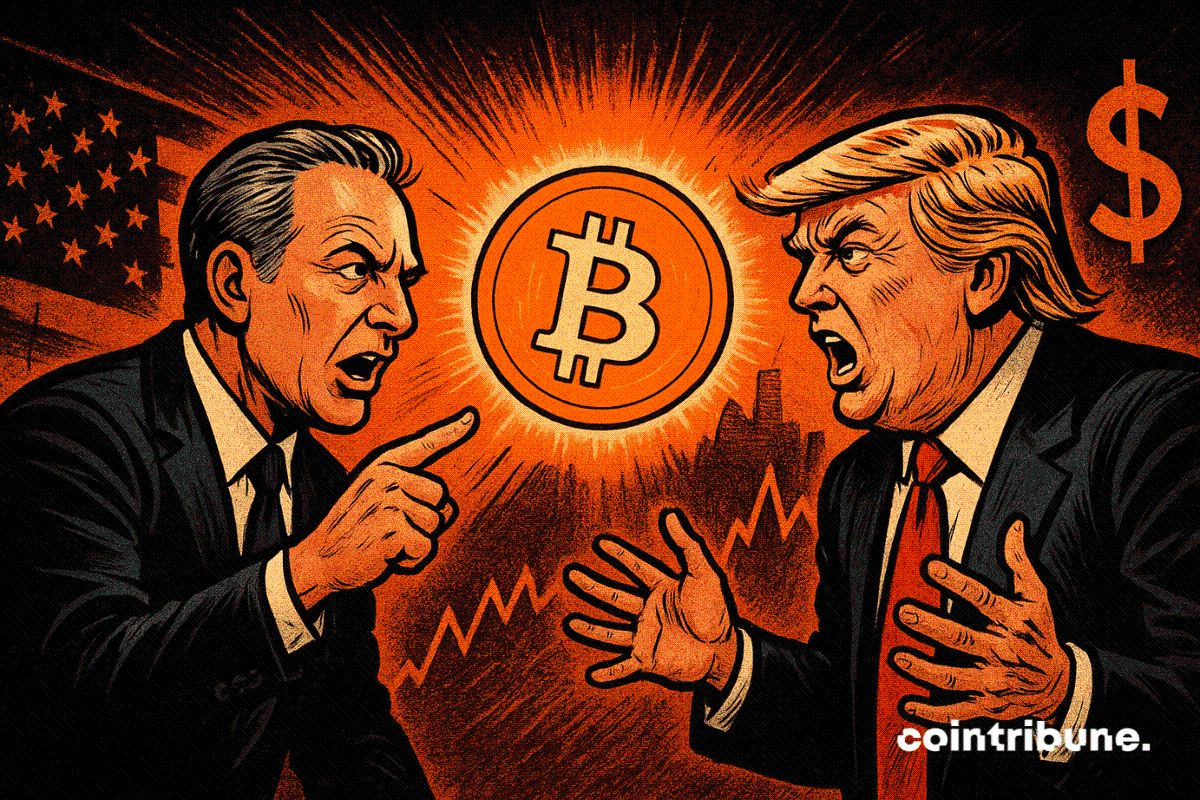The British pound is jerking markets in every direction this year, moving without warning and offering zero consistency. Investors trying to price it have been left stuck between rally talk and panic selling.
The currency has jumped 7.2% against the U.S. dollar since January, but it’s also dropped 4.3% against the euro, a split that’s made it harder than ever to call.
According to CNBC, the entire rally has grown messier as Britain’s economic backdrop keeps throwing curveballs. The U.K. became the first country to strike a trade agreement with Donald Trump’s White House under the president’s new “reciprocal” tariffs.
The deal gave British goods an advantage that other nations didn’t get. That helped support the pound, but it didn’t fix the damage from weak labor numbers, public finance stress, and a government in disarray.
At the same time, investors have been moving away from U.S. assets, which, of course, pushed the pound higher by default.
Markets cut expectations as politics, inflation clash
Growth came in stronger than expected earlier this year. Consumer spending looked up. Some businesses showed signs of life. For a minute, there was a flicker of optimism. But then inflation hit harder than markets had priced in.
That forced traders to rethink their bets on the Bank of England’s next moves. After the data landed, most players pulled back from expecting more rate cuts this year. Instead, they began to price in a pause, possibly holding rates where they are through the rest of 2025.
The impact on the pound was instant. Kamal Sharma, senior FX strategist at Bank of America, said over the phone that as the rate cut narrative faded, sterling spiked, then quickly reversed. “As you’d expect, as the market pared back rate cuts, sterling rallied, and then suddenly, out of nowhere, we saw quite a big move in the opposite direction,” he said.
Sharma explained that most investors have been negative on the pound for months. He thinks they’ve gone too far. “The U.K.’s fiscal position remains quite perilous,” he said, but added that the pessimism may be “probably excessive.”
Meanwhile, Finance Minister Rachel Reeves is boxed in. She can’t push through more spending with rising opposition inside her own party over welfare cuts. And borrowing more isn’t an option. That’s why talk of new taxes has become more common, even if no one’s saying it on the record.
Analysts clash on direction as pound outlook splits
Expectations for where the pound goes next are all over the place. A Reuters poll showed predictions ranging from $1.22 to $1.42 by January. Sharma’s own targets put the pound at $1.40 versus the dollar and 0.82 euros by year-end.
The current level sits around $1.156 and 0.865 euros, giving traders little to trust. Sharma believes there will still be another rate cut in November, but said the bigger issue is how investors are thinking about “terminal rate pricing.”
Sharma also pointed out that the euro is holding up because of larger changes in the European economy. Germany’s fiscal spending, higher defense budgets, and better capital market integration could all give the euro an edge.
He told CNBC that traders are clearly taking a pessimistic view of the pound. “It does seem that the market is taking a very much a glass-half-empty rather than a glass-half-full approach,” he said. From a non-British view, that outlook makes sense. “It’s a compelling reason to be short sterling.”
Still, Sharma noted that British goods are now subject to lower U.S. tariffs than any other country. That could eventually help the currency recover, assuming domestic growth improves. “What this all boils down to is we need more growth,” he said. “If we can deliver a bit more productivity in the next couple of months, that may encourage investors to dial back some of that pessimism.”
If you're reading this, you’re already ahead. Stay there with our newsletter .



